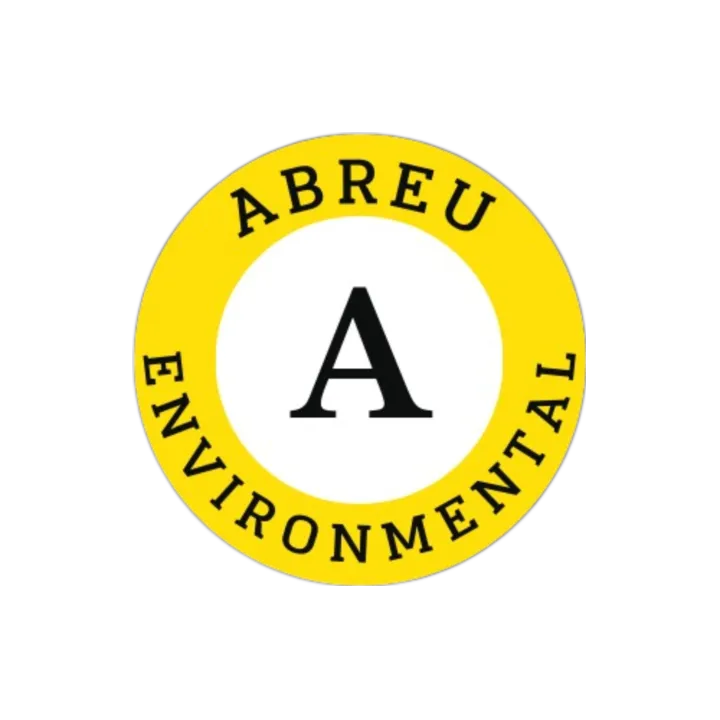Lead Awareness in Construction
Lead is a toxic metal that is commonly found in construction materials and can have serious health effects on workers if not properly managed. In this blog post, we will discuss lead awareness in construction and how workers can protect themselves from lead exposure.
The U.S. Department of Labor Occupational Safety and Health Administration (OSHA) has developed guidelines for lead exposure in the construction industry, which are outlined in the OSHA 3142-12R 2004 document. It is essential that workers and employers in the construction industry are aware of these guidelines to prevent lead exposure and minimize health risks.
Lead Exposure in Construction
Lead exposure can occur through inhalation or ingestion of lead-containing dust or fumes, which are commonly produced during construction activities such as sanding, cutting, and demolishing lead-containing materials. Workers can also be exposed to lead by touching or ingesting contaminated surfaces, tools, or equipment.
The health effects of lead exposure can be severe and can include damage to the nervous system, kidneys, and reproductive system. It can also cause anemia, high blood pressure, and developmental delays in children.
OSHA Guidelines for Lead Exposure
OSHA has established permissible exposure limits (PELs) for lead in the workplace. The PELs are based on an eight-hour time-weighted average (TWA) exposure level and a blood lead level (BLL) of 40 micrograms per deciliter (μg/dL).
Employers are required to provide appropriate personal protective equipment (PPE) to workers who may be exposed to lead, including respirators, gloves, and protective clothing. Employers are also required to implement engineering controls, such as ventilation systems, to minimize exposure to lead-containing dust and fumes.
In addition, OSHA requires employers to develop and implement a written exposure control plan (ECP) for lead exposure. The ECP should include procedures for monitoring and measuring lead exposure, as well as procedures for controlling exposure, such as the use of PPE and engineering controls.
Workers’ Responsibilities
Workers have a responsibility to protect themselves from lead exposure by following established safety procedures, including wearing appropriate PPE and following safe work practices. Workers should also report any concerns about lead exposure to their employer immediately.
Workers who may be exposed to lead should receive appropriate training on lead awareness and safe work practices. This training should cover the health effects of lead exposure, how to use PPE, and how to work safely with lead-containing materials.
Module Preview
Abreu Training offers an online 3-hour module. The module offers current OSHA and industry information on lead awareness to recognize hazards at worksites. Students will be able to recognize lead hazards in construction. Click here to learn more
In conclusion, lead awareness is essential in the construction industry to protect workers from the harmful effects of lead exposure. Employers must follow OSHA guidelines for lead exposure, including providing appropriate PPE and implementing engineering controls. Workers also have a responsibility to protect themselves by following established safety procedures and reporting any concerns about lead exposure to their employer. With proper lead awareness and safety precautions, workers can stay safe and healthy while working in the construction industry.



